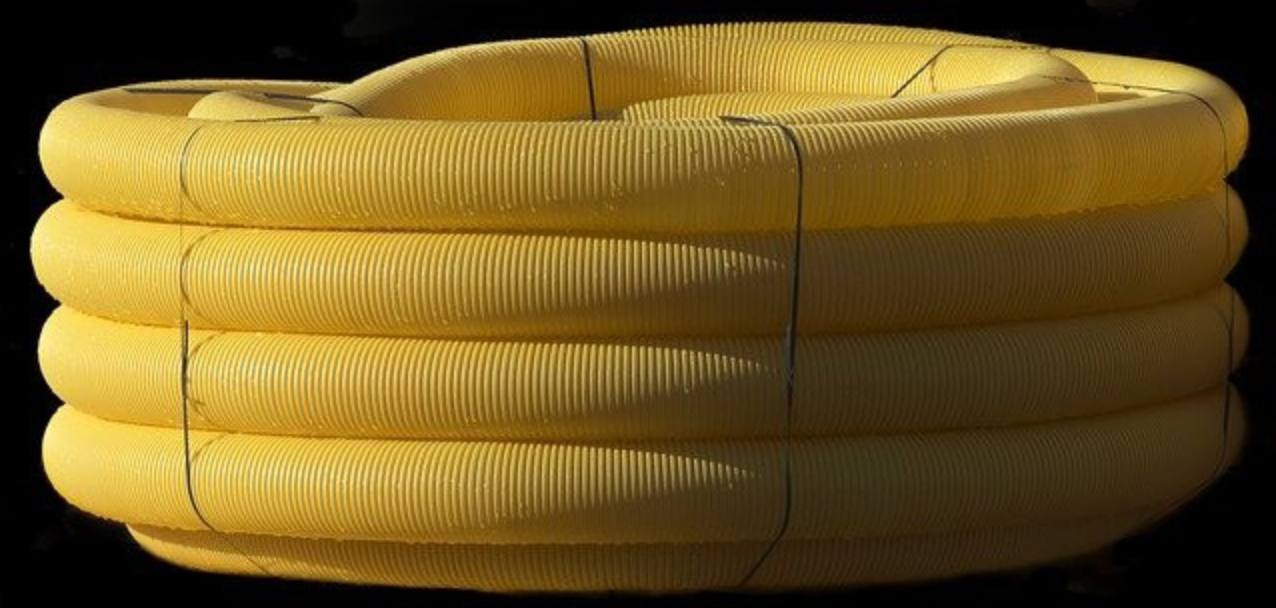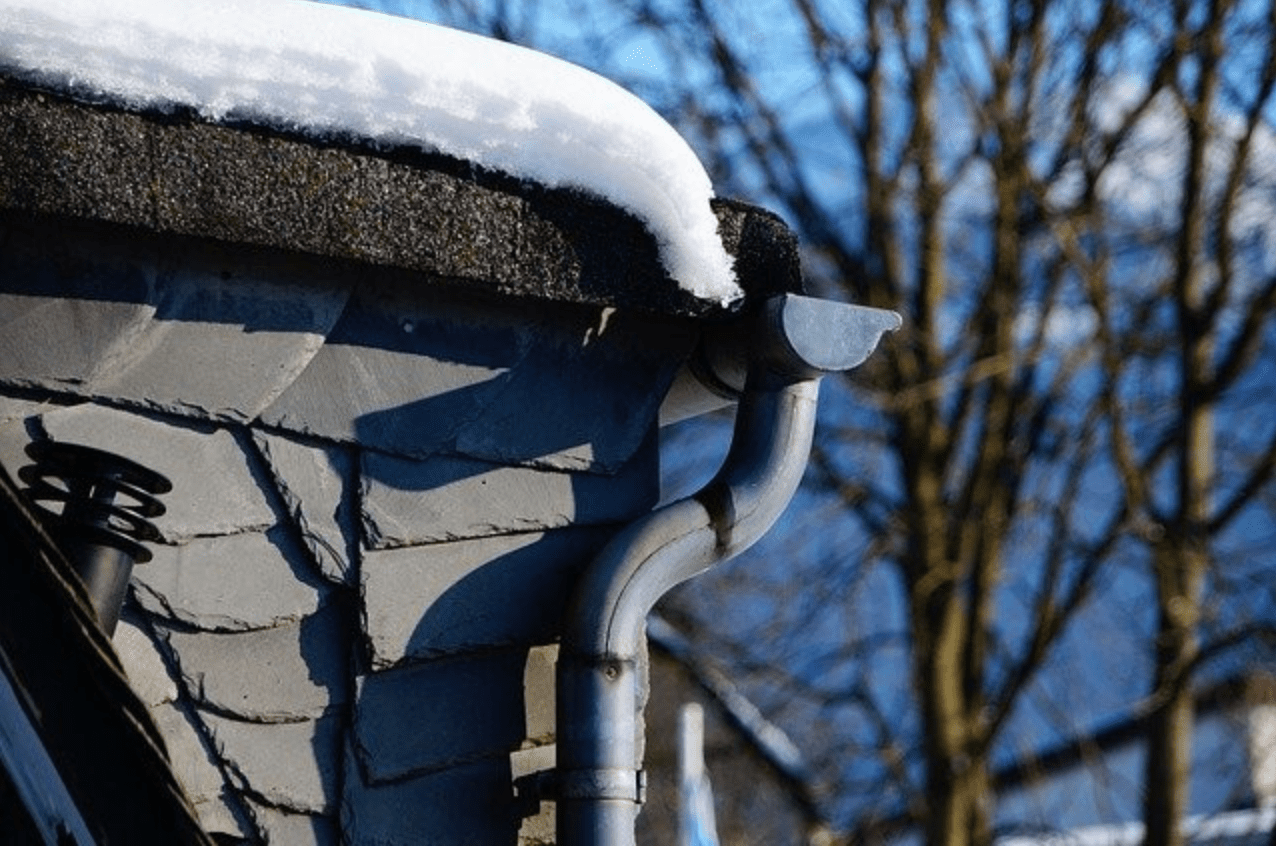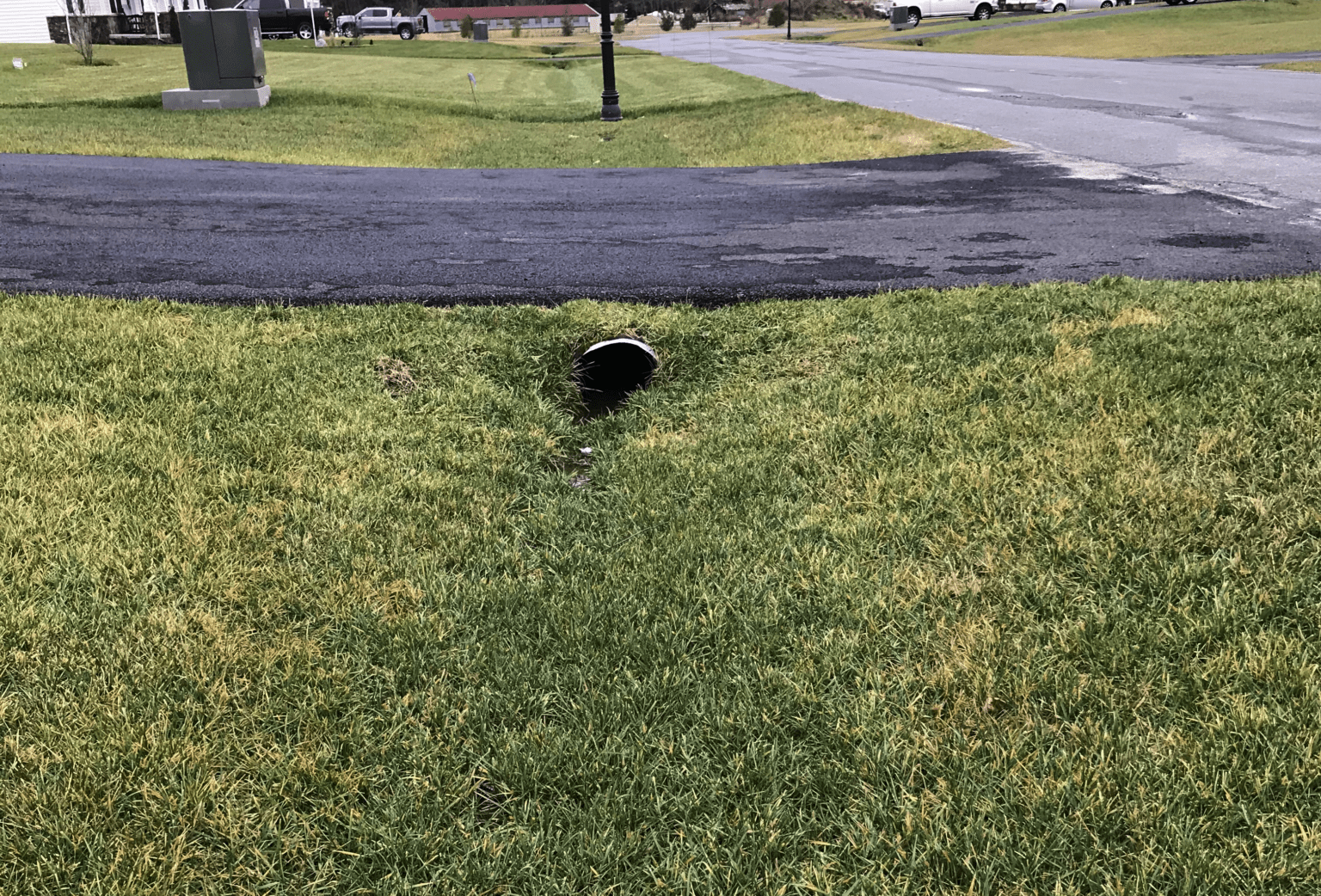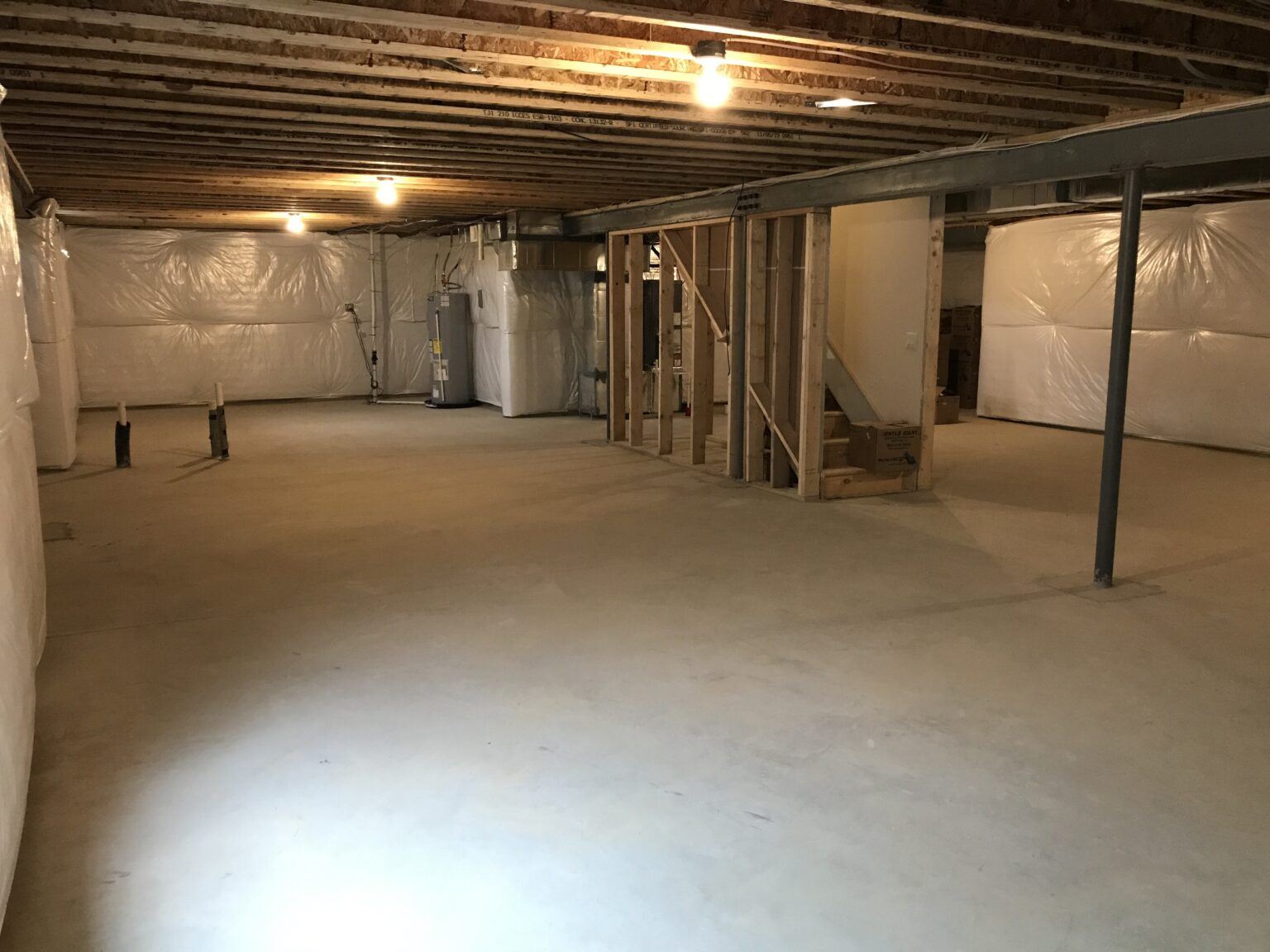People often have a section of the yard where water puddles after it rains. There are several different solutions that help them keep the area dry, one of which is installing a French drain. It is a simple solution that helps to prevent water from puddling in certain areas. But how exactly does a French drain work?
A French drain may sound like a fancy solution, but it is basically a ditch in the ground with a perforated pipe that lies under gravel. The pipe simply funnels the water from the storm away from the area where you don’t want it and directs it to a place where you want it to drain. It is a simple solution to keep water away from your home.
When you install a French drain, it is important to do it correctly. Continue reading to learn how a French drain works.
French Drain Basics
A French drain is a simple solution to direct water away from your home or an area where you don’t want it. First, you need to install it, which isn’t too hard. You dig a ditch under the area where the water is puddling, and you make sure that it slopes in the direction that you want the water to go. The general recommendation is to have one inch of slope per eight feet.
The depth of the ditch should be between 18 and 24 inches, and it should be at least 12 inches wide. When you are making the French drain to direct water away from your foundation, you need to make sure that the pipe can be placed lower than the foundation.
Once you dig the trench, you should put a few inches of crushed stone or gravel in it. You can also cover it with landscaping fabric, which will prevent weeds from growing. Then, you can put the PVC pipe in. It should have predrilled holes so that the water can enter the pipe. If you want to protect the pipe, you can wrap it with landscaping fabric.
Once you have the pipe in, fill the trench with gravel. Then, put dirt or sod on top and your French drain will be hidden underground.
Once it is installed, it will collect rainwater and other water and direct it to the location where you want it. This can protect your foundation, your garden, or some other area, and it helps to ensure that you don’t have puddles in your yard.
DIY French Drain
In this video, Ryan from That Tech Teacher demonstrates how to build a french drain in your yard.
Why Is it Called a French Drain?
The name “French drain” sounds like a fancy mechanism, but it is actually a basic solution to prevent puddling in your yard. In fact, there is nothing French about it; it was named after the man who invented it, Henry Flagg French. An accomplished gentleman, Mr. French was an American agriculturalist, lawyer, judge and inventor. As if that wasn’t enough, he was also a writer and in his free time he wrote a book about farm drainage and published it in 1859.
Originally, he invented these drains to remove water from high ground. They were used in barns, houses, and other buildings on the properties. They were also used to remove waste from livestock areas to keep them more sanitary.
Today, French drains are still used for the same reasons; they are used to move water away from your house, your buildings, your garden, and anywhere else.
Variations of French Drains
Although there are some variations of the French drain, they all work similarly. The curtain drain is almost exactly the same as a French drain, but it is shallower. It is commonly used in situations where you need to redirect surface water. Often, people install curtain drains in front of a retaining wall.
Another variation is the filter drain. It helps you drain ground water such as in a pond. A dispersal drain is used to direct wastewater away from a dry well or a septic tank. Another variation is a fin drain, which collects water from composite around it.
Although these drains are used in certain situations, they are all variations of the original French drain and are designed to redirect water.
Tips on Cleaning a French Drain
Once you have your French drain installed, it is important to make sure that it doesn’t get logged. If it does, you will need to clean it out. You should test the drain once a year. The way to test it is by flooding it to make sure that it can handle the extra water.
You should be able to find the ground level access point near a gutter downspout or in another pipe coming out of the ground. You can run a hose down the pipe. If there is a clog, you will notice the water backing up.
You can clean out the drain with a pressure washer. All you need to do is place the nozzle into the pipe and turn it on. This method works well when the clog is near the end of the drain. Make sure that you stand to the side of the pipe when you use a pressure washer because some of the water might come back up while you are working to remove the clog. You should also wear safety glasses to protect your eyes.
Another way to clean the drain is using a heavy-duty drain snake. You can rent one from a power tool rental place. This device has strong motors that spin a cable with a claw on the end. It will break up anything that is in the way, such as a tough clog. You should take your time and let the drain snake do its job.
Check the length of the French drain to make sure that there aren’t any trees growing roots into the pipes. This is important because you will need to deal with them if they do. When you perform an inspection each year, you can prevent small problems from becoming large ones.
Final Words
A French drain is a simple solution that helps direct water away from places where you don’t want it. People often install them to draw water away from their homes, and they lead the water to a storm drain or another place where it doesn’t cause problems. They are fairly simple to install and maintain, and they can protect your home from unnecessary water damage.
Related Posts:



